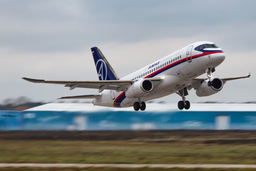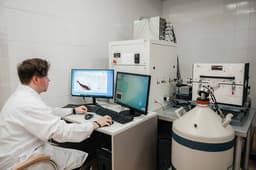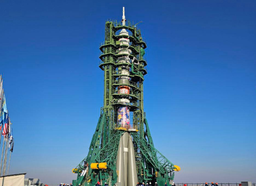The STC company and the Tomsk State University of Control Systems and Radioelectronics (TUSUR) are developing an autonomous rapidly deployable communication complex, designed for the needs of the oil and gas industry. It is expected to be used to provide communication in areas with difficult infrastructure, including in the Arctic and Siberia. The complex will be used in case of emergencies at oil and gas fields, as well as for repair and construction works. The first series of products are planned to be launched into production in 2024.

The complex will consist of three sections: a diesel generator, a compartment for cabinets with data processing and control equipment, and an air platform with two unmanned vehicles necessary for retransmission of communication and other tasks.
The payload on the drone can be installed like a module - quickly and easily. Currently, the developers offer three payload options: a mini LTE station, a DMR standard repeater, a surveillance module. The payload capacity of each vehicle will be 10 kg. The drones will be made in the form of very dimensional hexacopters.

The power supply required for the drone to operate is 8 kW, the working temperature range is from -50 to +50 °C. Rain and light precipitation will not prevent the drones from launching. The only thing is that the UAV is critical to wind loads of more than 12 m/s. The complex will be delivered by trawl all-terrain vehicles. To simplify logistics, it will be made in the dimensions of a standard container for sea transport 12 meters long.
The main distinction of the new complex from existing analogues is the use of drones instead of the usual antenna masts. Such a solution greatly simplifies the process of deploying and managing the complex, as well as increases its autonomy.
The use of UAVs is not just a tribute to fashion. There is a large practical sense in creating an air platform - it significantly simplifies the task of high automation of management processes. That is, the quickly deployable complex will almost not need the presence of a person. Following this principle, it was decided to abandon masts, because their deployment and folding require the work of several people, moving the winch. The specialists of STC and TUSUR decided to use a cable-rope, which will be attached to the drone. Its unwinding-winding will be carried out automatically with a special device. The cable-rope will also power the UAV. Its length will allow the drone to rise to a height of up to 150 m.
Now on home
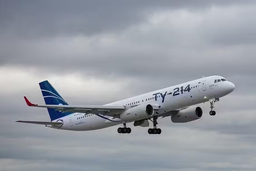
Герой России Гарнаев: никто из профессионалов о возобновлении производства на КАЗ всерьёз не говорит
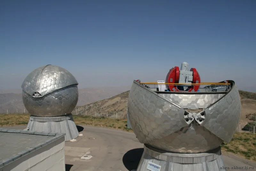
Система отслеживает спутники на высотах до 50 000 км и ведёт за ними наблюдение
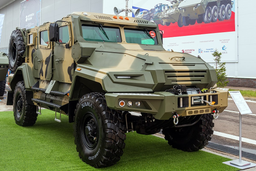
The armored vehicle is equipped with a KamAZ-740.35-400 diesel engine with a power of 400 hp.
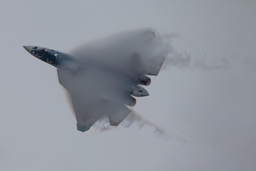
Constant improvements in avionics, weapons and tactical capabilities will make the aircraft a flexible response to future challenges
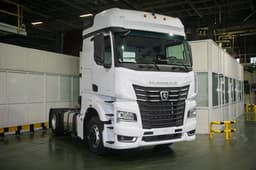
The exterior of the KamAZ-54901 features fairings on the cab and chassis for fuel economy
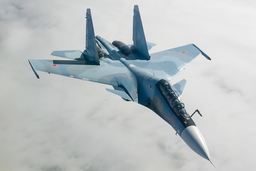
Fighters are in demand both domestically and abroad
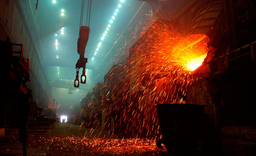
Tyazhpromexport and Venezuela Agree on Plant Revival
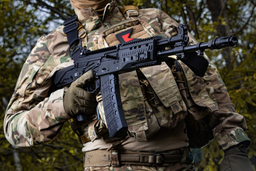
The company not only completed the state order, but also quickly mastered the production of AK-12K for special forces
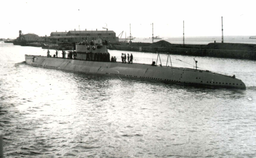
Experts have developed a photogrammetric complex with a resolution of less than 1 cm
